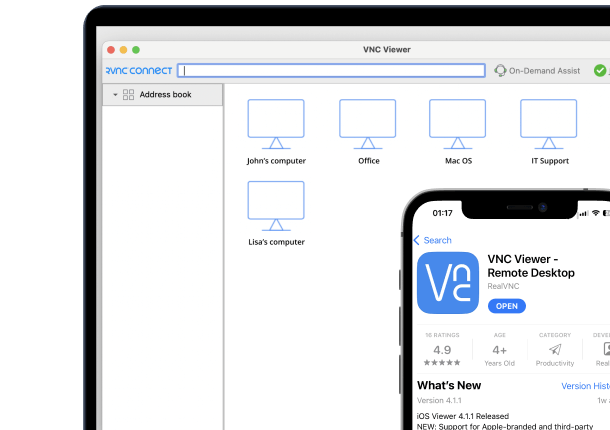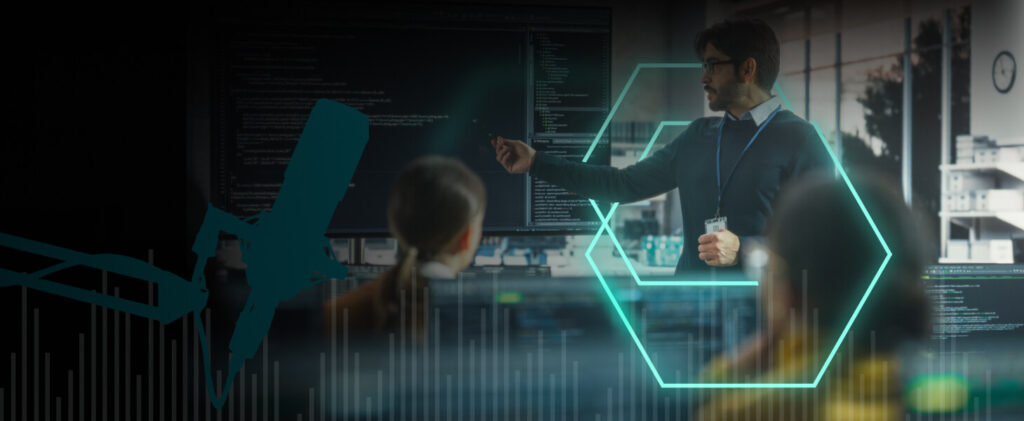Across the world the fundamental importance of digital learning has been embraced by schools and colleges, and this is only set to continue.
The UK has just unveiled a £10 million technology education strategy which they say will hail a new era for IT in schools. Globally, Edtech spend by schools and universities is expected to reach $252 billion by 2020.
For various reasons, though, the scale of IT support available in schools and higher education settings has been slow to catch up with the actual proliferation of devices, apps and software that are being used inside and outside the classroom to support learning.
Into this vacuum has stepped the specter of ‘Shadow IT’
What is Shadow IT?
Shadow IT is the term for hardware, software and applications acquired and deployed by an organisation’s users without the knowledge or consent of its central IT function.
Shadow IT has, historically, been a major challenge for the education sector and its battle to maintain appropriate levels of cyber security and tech support among a diverse set of users.
In budget-constrained schools where IT support may be insufficient or over centralized, enterprising teachers might bring in their own devices to plug resource gaps. Similarly, they may take it upon themselves to download free software solutions onto school computers to fix problems or improve utility.
In higher education settings, departments staffed with bright, technically adept and free-thinking individuals might work in silos to procure and design IT solutions that will meet their particular departmental needs.
In the same way, students working on university equipment may also download software at will to fix an issue, finding workarounds to evade blocks – all in order to get equipment working in the way they want.
When Shadow IT stores up future trouble
Where IT support has been decentralized or otherwise fragmented across a group of schools or even across local or international campuses, these problems may be even more acute.
In these cases different IT initiatives, including different remote access solutions (either paid for or open source), may have been used by students, staff and IT functions over time.
One result of this kind of fragmentation can be a final day of reckoning where a previously silo-ed, self-sufficient department or group of users suddenly find themselves unable to access systems in the way they have become used to. This is the point at which they may contact an organization’s central IT function who will finally need to unravel a mess that may have been years in the making.
As Larry Ladd, director at consulting firm Grant Thornton pointed out in a recent blog for the Centre of Digital Education:
“Departments think they are independent and they don’t need [help], but then something goes wrong and they call the university IT people, who don’t know how the system works and don’t know how to help them”
The benefits of Remote Access for school, colleges and universities
With a growing emphasis on facilitating digital learning in education systems, a greater number of devices and Edtech applications to support, plus a need to drive greater efficiencies, there is now a powerful case for consolidating remote access solutions with one provider to enhance customer service and reduce the need for Shadow IT.
Here are just a few benefits such a consolidation policy could bring to every part of the education sector:
Building better help desks
A central IT help desk function powered by a single remote access provider could promise standardized IT support for everyone in an organization, whenever and wherever they need it. Instead of time-consuming and expensive desk-side visits to resolve problems, a centralized IT function can answer calls from users and access their desktops or devices remotely to solve their issues. This approach makes IT support more accessible, allowing a help desk to deal with a greater volume of tickets more quickly, reducing the frustration of waiting users and their likelihood to self-solve issues with downloaded patches or illicit SaaS.
Remote access supports different functions
This same remote access software used by your IT help desks could be made available to staff and students who need constant access to the shared files and resources on your servers. Remote access gives users safe and secure access, 24/7, to an institution’s computer networks without having to give direct access to an un-vetted device or keep buildings open after hours.
Fewer security risks
Shadow IT clearly presents security risks. Poor quality tools and services can do untold damage to business systems, opening the door to malicious access, data breaches and more -and that’s without considering the productivity losses and lack of integration with your core business systems. Many organisations end up with multiple open source remote access software downloads on their systems, put there for reasons unknown by individuals long since gone. One solution – sourced from a single trusted provider, is easier to maintain and protects your cybersecurity more effectively than maintaining multiple points of entry.
Only one solution to maintain
One solution carries one cost. Multiple solutions run by separate functions can carry multiple costs and/or increased security risks.
Used properly and in an organised and strategic way across your business functions, a consolidated remote access policy can bring real value to an organization, offering better and more cost effective help desk support to all your users. Ultimately, it can help teachers, students and admin staff work more flexibly, productively and securely.
If you want to know more about how remote access can support your business needs, download the eBook below.






